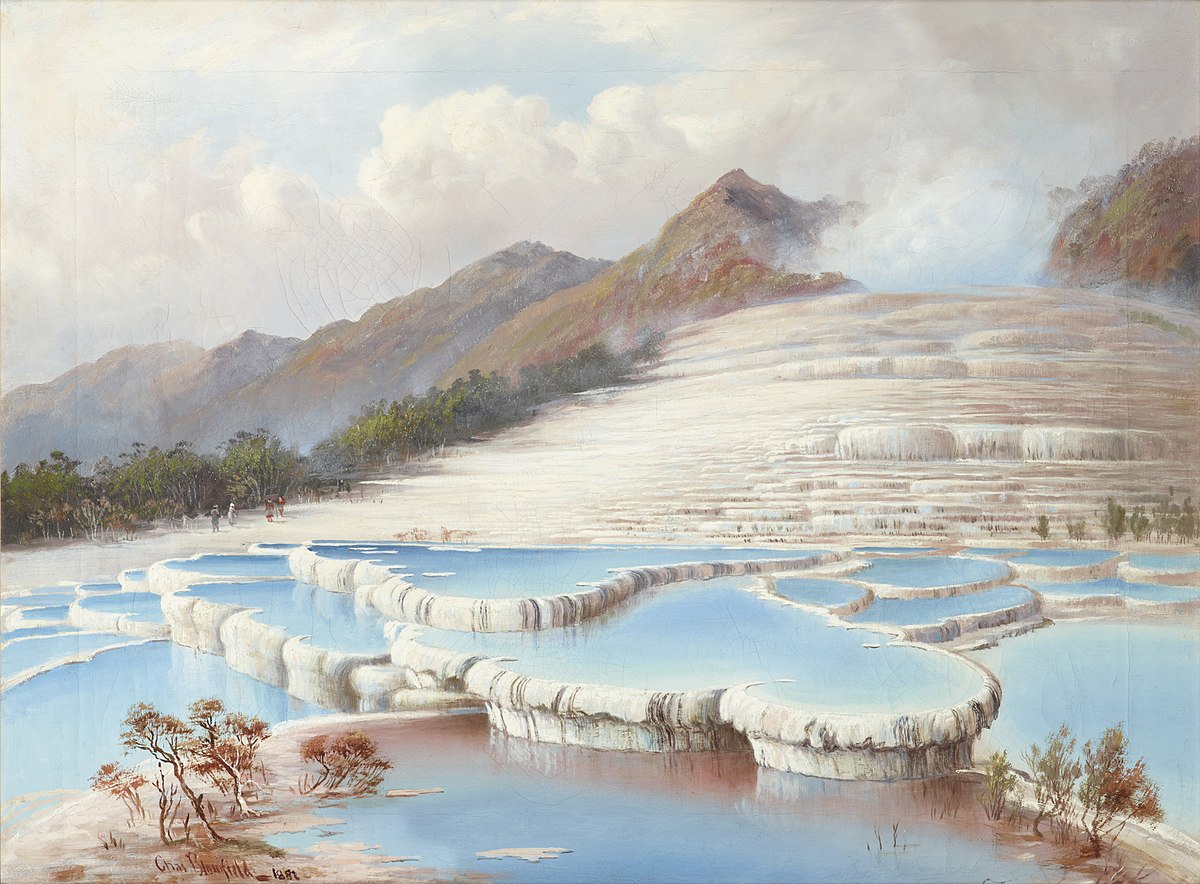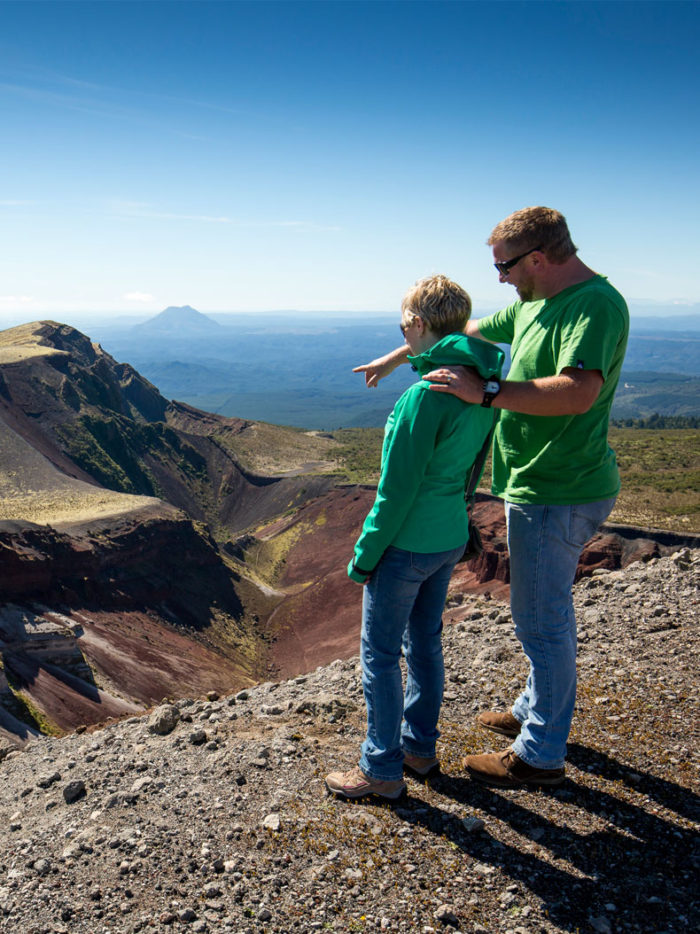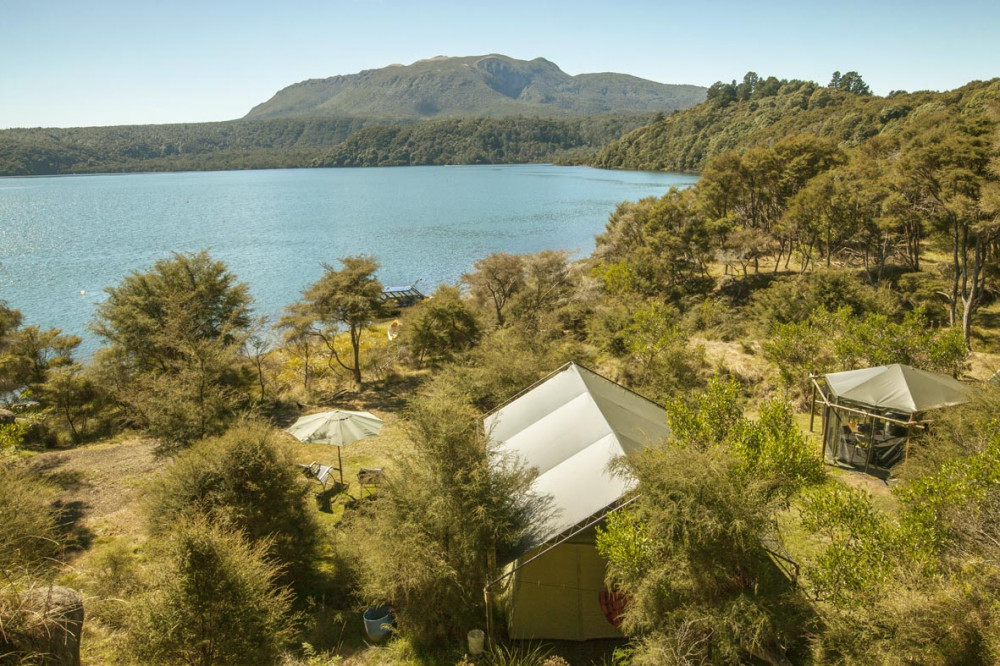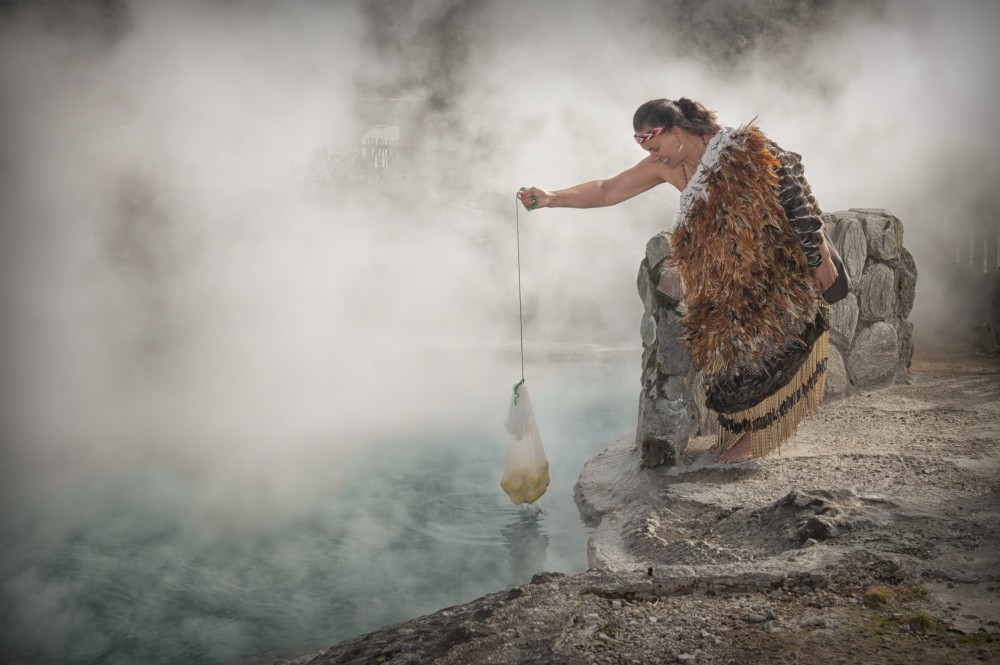
04 Jun 5 Ways to Appreciate the History of Mt. Tarawera this June
Stand anywhere near Mt. Tarawera these days and it’s hard to imagine the shock, fear, and physical destruction caused by the catastrophic volcanic eruption of June 10, 1886.
It’s a largely peaceful region of lush native greenery, with plenty of opportunities to see and experience the unique geothermal activity in the area, get outdoors for a hike or mountain bike, or enjoy a leisurely cruise by boat on Lake Tarawera.
But to truly immerse yourself in the culture of this place, we’ve lined up five must-do spots to visit this month to commemorate that fateful night 135 years ago. And we look forward to being a part of your trip through time!
1. Visit the heart of the eruption
In the wee hours of the morning that fateful day, people as far as Christchurch heard what sounded like warfare explosions. Windows rattled in Blenheim. And in Auckland, emergency personnel prepared to help what they thought was a struggling ship asking for help via booming canon offshore. What was actually happening was the greatest natural disaster in New Zealand history. Harmless-looking Mt Tarawera was waking up.
The six-hour-long eruption caused a massive split along Mt. Tarawera (about 17 km long, in fact), and countless tonnes of ash and rock spewed up and out onto the surrounding area. It completely buried numerous settlements, including the village of Te Wairoa, now known as The Buried Village.
Fast forward to now, and you can set foot on the summit of this magnificent Maunga (mountain/volcano). It’s a fascinating landscape with vast craters of vibrant red scoria contrasted by soft alpine mosses and lichens. Landing here by helicopter on our Mt.Tarawera Landing and Guided Walk, you can also experience commanding views of distant volcanoes, national parks, the Bay of Plenty coastline, and some of the region’s stunning lakes. The guided walk is a welcome chance to get a true sense of the scale of the eruption and the culture and history of this amazing area.

2. Visit the spot where the Eighth Wonder of the World used to be
The Pink and White Terraces were a tall, cascading series of silica sinter deposits that had formed over hundreds and hundreds of years, flowing downhill into Lake Rotomahana. The crystallized, bath-shaped ‘steps’ were filled with geothermal water bubbling up from the top of the hill. The lower tiers were cool enough to bathe in, the ones at the top were hot enough to boil food in. The pink terraces got their rose hue from the water’s sulphides.
Thankfully, photographs exist pre-eruption and give a good sense of the impressive size and visitors’ fascination with the Terraces. They were New Zealand’s earliest and biggest tourism attraction. People all across the world travelled to Lake Rotomahana to see the White Terrace and the slightly smaller Pink Terrace, which was the biggest drawcard thanks to its stunning blue waters.
Sadly, the natural phenomena were wiped out in the explosion. Lake Rotomahana became much bigger (about twenty times larger) and it is believed that the Terraces now lie under it.
You can still connect with this amazing Kiwi legacy with a boat cruise out to where the White Terraces once stood, with Waimangu Volcanic Valley. Aside from the history tidbits, you’ll also catch sight of gorgeous native birds and take in a true slice of New Zealand’s pure, natural beauty. Waimangu Volcanic Valley is ‘the world’s youngest geothermal valley’ and you can explore it with their guides via cruise and trail.

3. Immerse yourself ‘Totally’
The Tuhourangi people have lived beneath Mt. Tarawera for generations. One of their villages was Te Wairoa, also known as the Gateway to the Terraces, founded in 1848 to service the sudden influx of international tourists. They would stay the night in Te Wairoa before their visit to the Pink & White Terraces, and it was subsequently also the home to the knowledgeable guides who took them there.
One such guide was Sophia Hinerangi, whose granddaughter is a guide herself and heads Totally Tarawera. Karen and her team offer a range of activities to explore the area and to understand the Tuhourangi way of life, including the Ancestral Footprints Cultural Tour. You can also enjoy the night ‘glamping’ lakeside, with a number of luxury canvas spots along Lake Tarawera. The Te Rata Family Glamping option is a great one for kids to enjoy Hot Water Beach here (and for the parents who’d rather not pitch their own tents and drag all the required camping gear with them!).

4 & 5. Walk among ghosts, and celebrate their legacy
After the mud, ash and debris stopped raining down from Mt Tarawera on that historical day, the village of Te Wairoa was left in ruins. Approximately 150 people died, and the survivors were taken to the nearby village of Whakarewarewa, which was also becoming a tourist hotspot thanks to its own geothermal activitiy. Most of the displaced Tuhourangi people of Te Wairoa village eventually settled permanently here.
Today, you can visit both the original site of Te Wairoa, and the village of Whakarewarewa, called ‘The Buried Village’ and ‘The Living Village’ respectively. The Buried Village is a hugely popular archaeological site of around 12 acres that you can roam and the interactive stories in its museum will have you walking among spirits of a time past. Meanwhile, the lively living Māori Village of Whakarewarewa will draw you into the core of Tuhourangi culture and heritage with actual cooking in bubbling pools, cultural performances and guided village tours. Some of the guides live onsite themselves.

While it has been well over a century since the Mt Tarawera eruption of 1886, it’s a moment in time still felt to this day. Whether you explore the region by boat, by foot or by helicopter, soaking in the rich cultural stories and history of this place is an experience to add to and tick off your travel bucket list.


